B-Stock product, (read below) in excellent condition, without original packaging, 2 year warranty.
Grado GW100 V2 Wireless Series Headphones 5.0 Bluetooth
Grado GW100 Headphone Wireless Series
Precision Takes Patience
- Wireless
- Notably Reduced Escaping Sound
- Lightweight
- Mic and Voice Control
- Voice Assistant
- Touch Controls
- WS Cushions
- 40 hours battery
- Wire included
- De-stressed Driver
- Drivers Matched .1dB
Since 1953 Grado Labs has adapted at our own pace, and the first wireless Grado headphone is only the first step in what’s to come. We took our time to get the sound just right and made no compromises in the GW100. Nothing is lost except the wires.
Inside the GW100 are none other than our signature Grado drivers. These speakers are the same ones we build for our wired headphones, which are finely tuned for the different enclosures we use. Grado Labs' first wireless headphone is no different, with drivers configured specifically for them. The desired sonic capabilities of the GW100 would not be possible without decades of experience in driver design.
"Grado’s first Bluetooth headphones are everything I wanted them to be"
- Gizmodo, Mario Aguilar"Editors’ Choice & Best Overall Headphone"
- Popular MechanicsThe GW100 are the worlds first open-back Bluetooth headphones. Their speaker housings and internals have been designed from the ground up, now working in tandem to notably diminish escaping sound by up to 60%.*
*As compared to our wired headphones. Leakage reduction varies in certain situations. This is based on a reasonable distance, angle, and genre of music played.
There is a design language that’s seen throughout all of our headphones since we started building them nearly 30 years ago. The GW100 continues this, looking like it’s part of the family simply at a glance. These wireless Grado headphones are a milestone in our 65 year history.
"Striking and Refreshingly Affordable"
- Gear Patrol, Tucker Bowe- Bluetooth Version: 5.0
- Battery Capacity: 850mAH
- Working Distance: 10m
- Battery Life: 40 hours**
- Frequency Response: 20Hz~20KHz
- Mic Sensitivity: 42dB +/- 3dB
- Transducer Type: Dynamic
- Operating Principle: Open Air
- SPL 1mW: 99.8 dB
- Nominal Impedance: 32 ohms
- Driver Matched dB: .05 dB
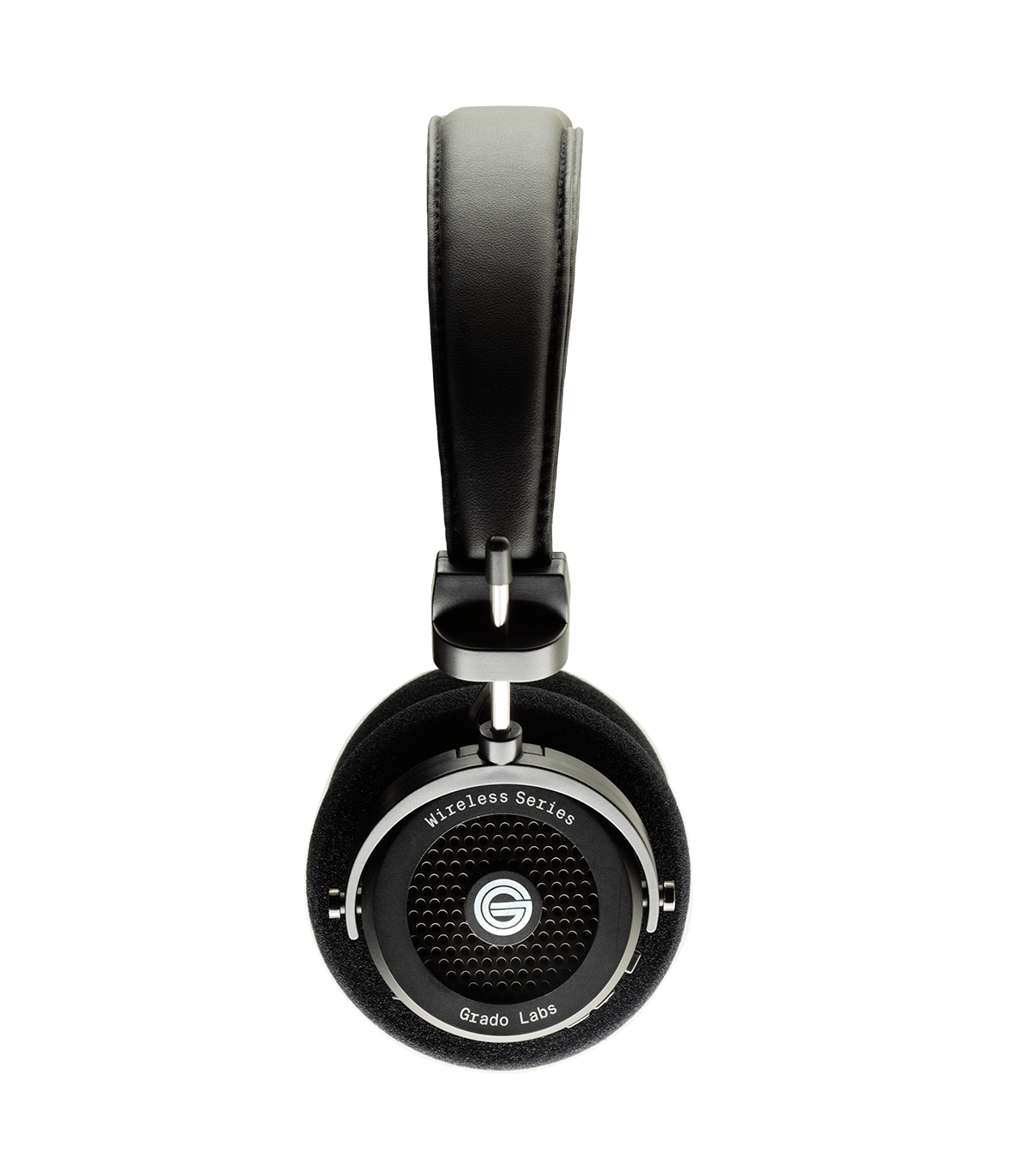














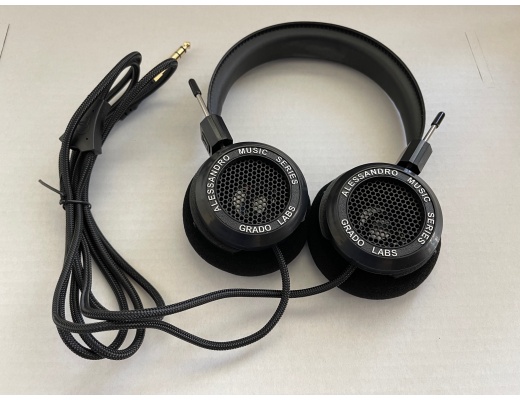

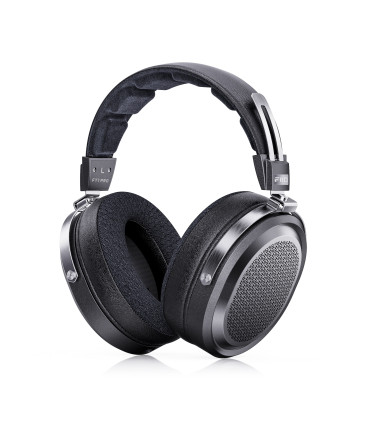
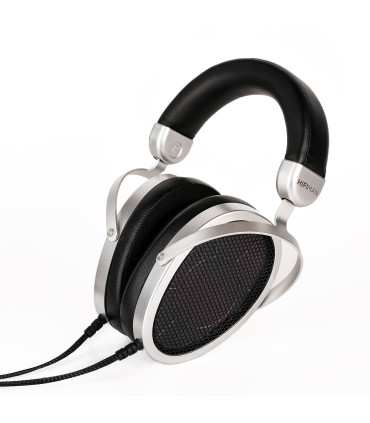
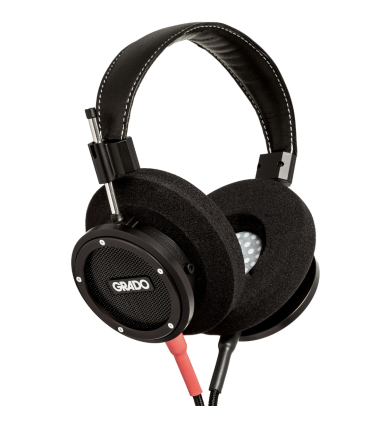
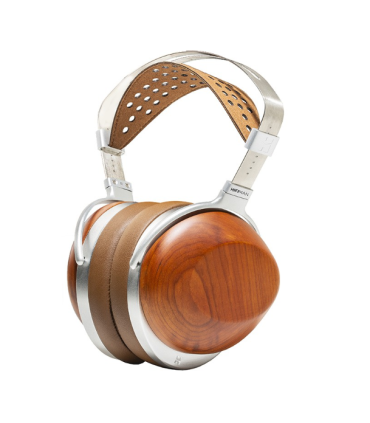
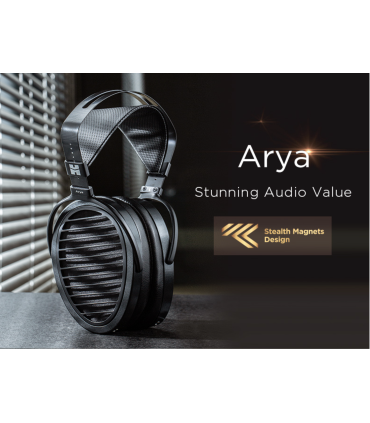
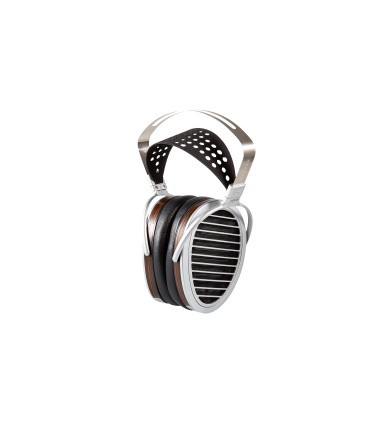
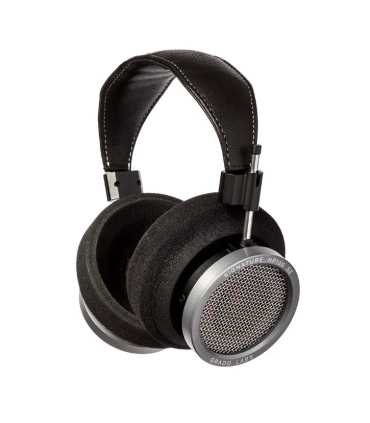
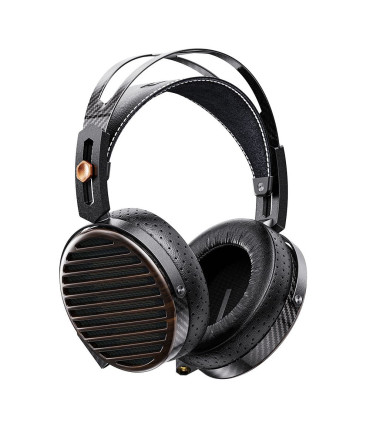
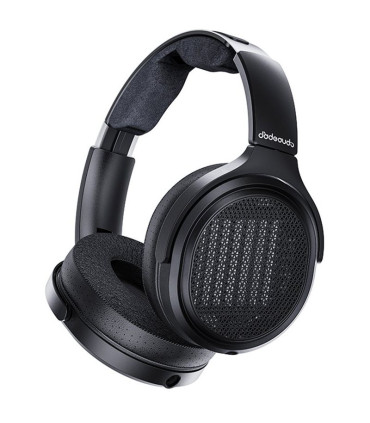
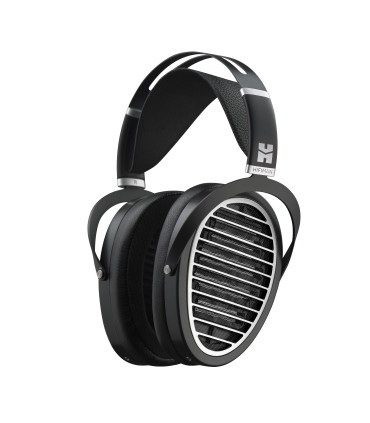
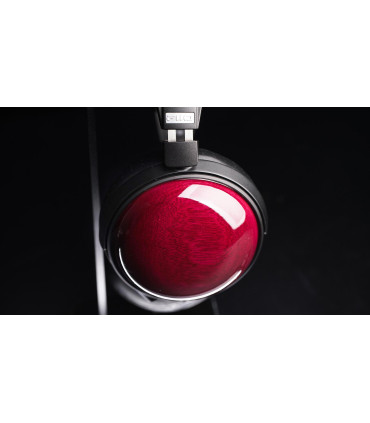

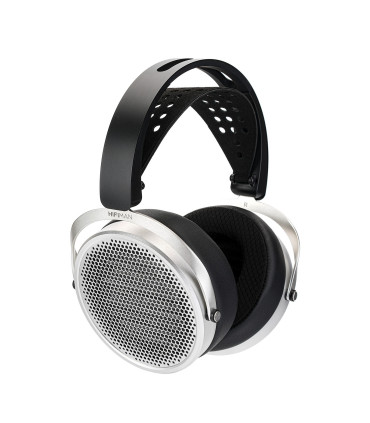
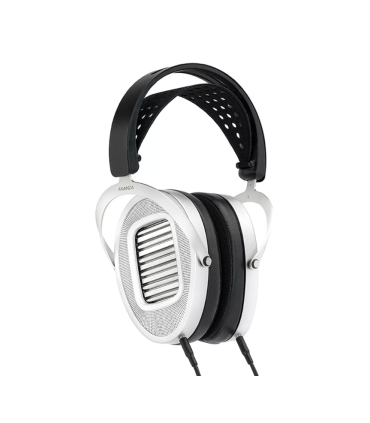
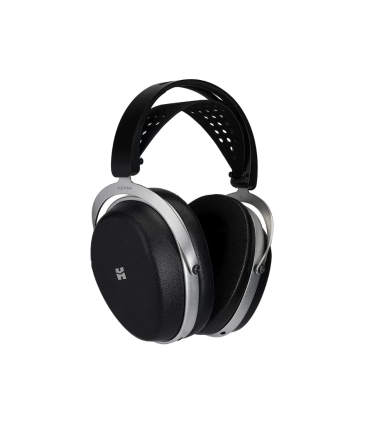


















Leave a review